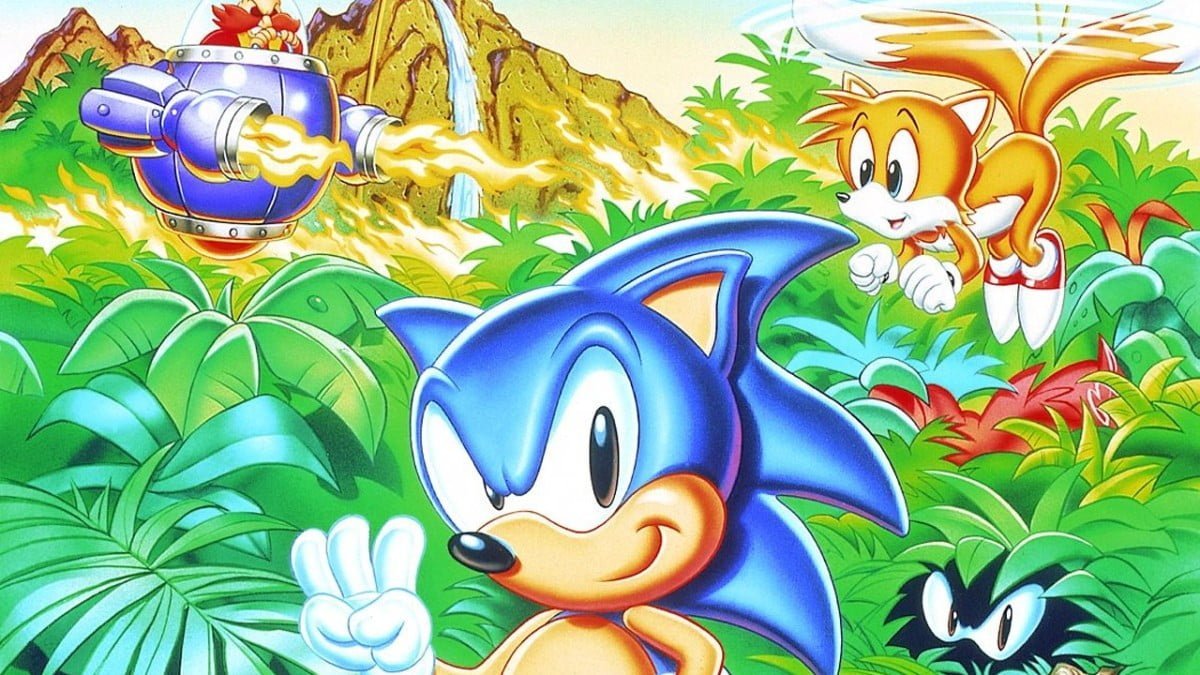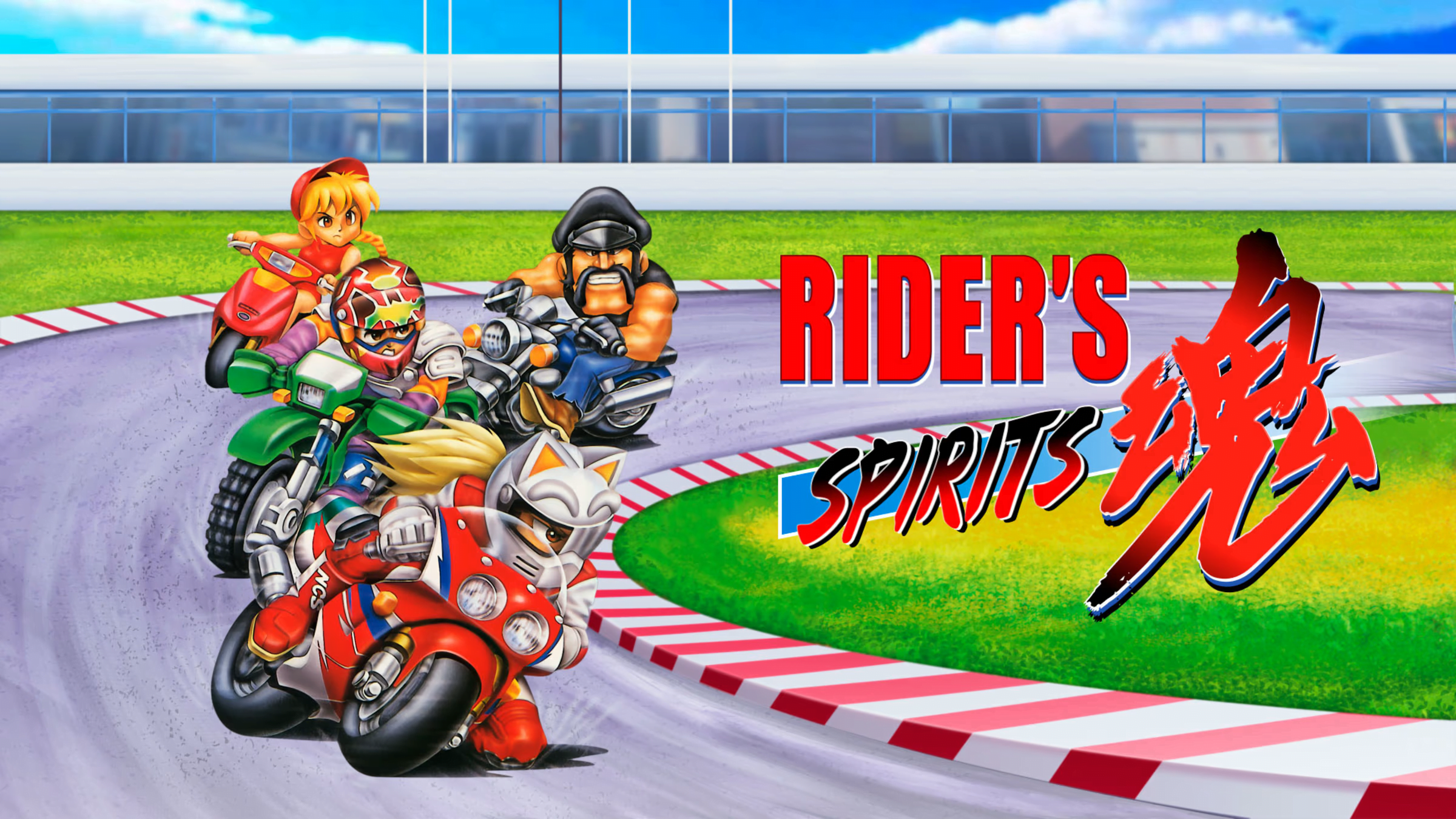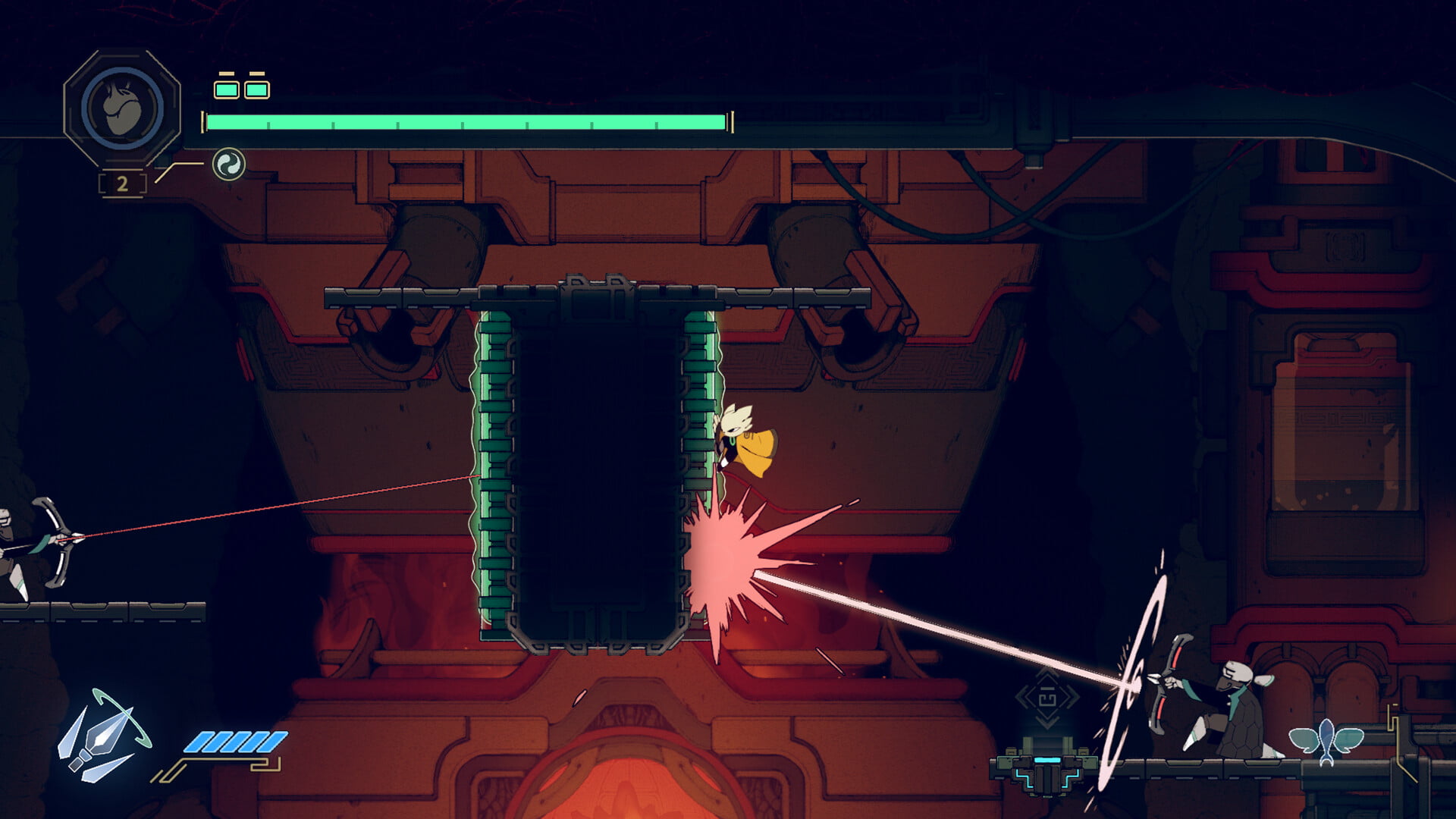For as lauded as Sonic’s initial 16-bit run is, there’s an entry that’s been on every fan’s mind since its release, and not for the best of reasons. Sonic 3, released on this day 30 years ago, is sort of the black sheep of the four Sonic The Hedgehog titles for the Mega Drive/Genesis.
Developed simultaneously with Sonic & Knuckles, the game that would use a curious cartridge format in order to put then new character Knuckles in the previous two games, Sonic 3 ended up getting the shorter end of the stick when it came to popularity. For my personal experience, though, it was as good of a Sonic game as the rest, so what exactly made it turn into a not so beloved game by series fans?
To answer that question, we have to look at the moment in history this game was released. By 1994, Sega’s 16-bit console was already starting to show its age, especially considering that by then Sony was ready to release the PlayStation, its revolutionary system that would put the world’s second most popular videogame maker to the test, eventually pushing it out of the hardware business only a few years later.
Even with its own machine during the incoming 32-bit war, the Saturn, Sega still had one foot deep into a game design mentality that had 2D graphics as its focus, something that back then, was starting to be frowned upon by both the public and the enthusiast press. Polygonal models were all the rage back then, and with successes like Star Fox popping up even on aging 16-bit hardware, Sega felt the pressure and started trying to pump out their own titles that made use of the new technology.

The struggle was real as far as 3D was concerned for Sega. For as much as they hustled to provide the sort of experience that it was on demand at the time on their own hardware, it was a tall order, given that the Genesis did not have the necessary power to harness decent results, resulting in less than ideal versions of games that used polygons, such as Virtua Racing, which saw much superior ports on their console add-on, the 32X.
With that in mind, it’s easier to see why Sonic 3 didn’t really please the growing demand for more modern visuals, and coming in relatively close to the previous two games, it also came in at a time where mascot platformers were on their highest, so the competition was as cutthroat as it ever got. Even Mario would eventually make the jump to 3D only a year and change later, with Sonic trailing behind with Sonic 3D, a below average isometric adventure.
To many, Sonic & Knuckles, and to a lesser extent, Sonic 3, were the last Sonic games to carry the torch when it came to providing the speed and thrill that made that name a household franchise to begin with. Seeing that the two games came out close to one another and that Sonic & Knuckles in particular made use of not only Sonic 1 and 2, but also Sonic 3 with its lock-on feature, it made for a particularly tough pill for those who didn’t want to pay twice the cost for a complete experience with the third game.
As a matter of fact, due to Sonic 3’s emphasis on featuring newcomer Knuckles, it was a disappointment that he couldn’t be a playable character unless fans forked the extra cash and bought Sonic & Knuckles, souring an already less than ideal proposition when it came to keeping up with the franchise, not to mention the hardware. It’s funny to think about it today, given the character’s relative lack of critical success when it comes to his current titles and how a game like Sonic 3 would be extremely well received nowadays as it’s miles above any of his games since then.

Another funny anecdote about Sonic 3 is Michael Jackson’s participation in its creation. Brought in by Sega to compose music for the game, the pop icon was already a huge fan of the Blue Blur, and even though his involvement with the game would eventually be relegated to trivia knowledge due to the fact that he left the project not long after he was called in, he would still be a mainstay in other Sega properties such as Space Channel 5, and of course, Moonwalker.
These days, information about Jackson’s involvement on Sonic 3 has been made public by ex-employees, going as far as mentioning that the king of pop went on to work with his tour director, Brad Buxer, and recorded long samples to be converted and adapted to Genesis hardware. At that point, history is a bit convoluted about what led to his dropping of the project, since the allegations of child abuse emerged not long after, and how Jackson himself was not satisfied with how his music sounded on Sega’s 16-bit machine.
His contribution to the game went uncredited, and even though a lot of it had to be reworked by the crew, there are still traces of Jackson’s style in some of the musical cues for some of Sonic 3’s opening levels, and as told by a source cited in the game’s Wikipedia article, the Carnival Night Zone level theme remained unchanged and is directly based on Jackson’s work.
For this and the reasons touched upon earlier, Sonic 3 is definitely the most divisive 16-bit entry in the mascot’s long-running career. 30 years on there are countless aspects of its development that are still being discussed, such as the mystery surrounding aspects such as its music that were touched upon here, and its technology.
There’s much to laud the game for those topics that are feverishly talked about in retro gaming circles nowadays, its infamy now legendary as it’ll remain one of Sega’s most curiously untold stories. If there ever pops up a “say all” about Sonic 3, it’ll probably be one of the most interesting nuggets of history that hardcore fans are sure to eat up.





